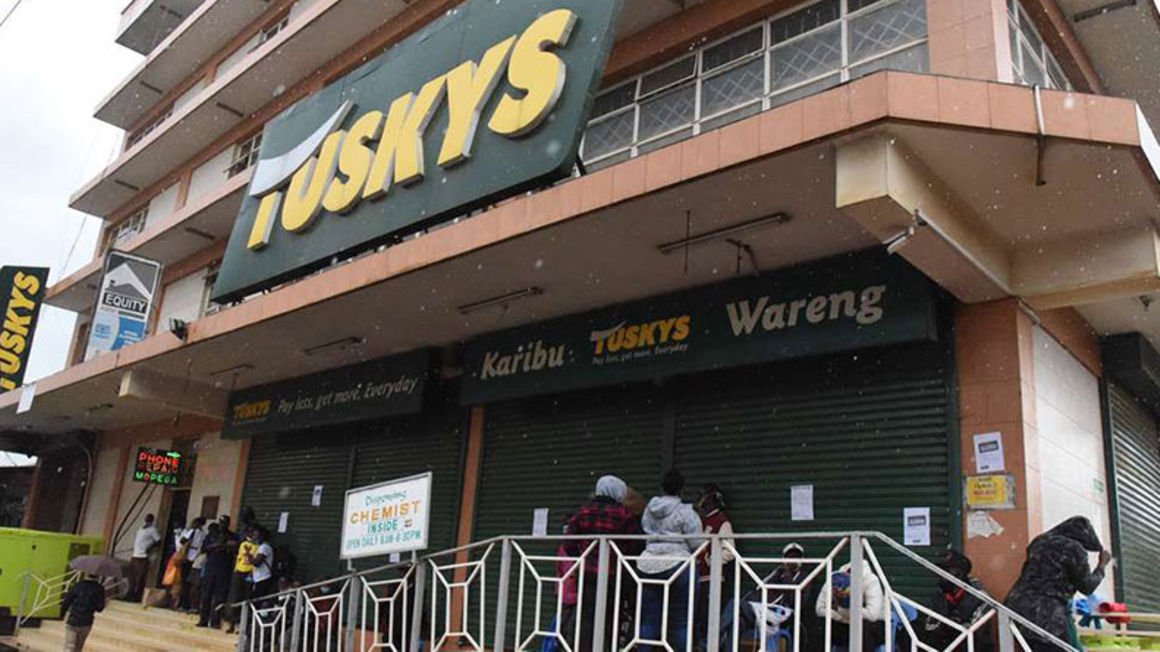Closed Tuskys Wareng branch. FILE PHOTO | NMG We have been exposed to many different types of risks in Kenya on both a personal and business level. But, how do we explain the universe of risk types and risk factors in an organised way?
In early 2020, many large hotels either faced imminent closure or were altogether closed due to debt they owed to financial institutions. For example, Mayfair hotel closed with an undisclosed amount of debt, while Jacaranda hotel faced looming closure due to a Sh253 million debt it owed to Guaranty Trust Bank, and other trustees and capital structure expenses heightened the risk for creditors and investors alike. These two particular hotels and many others had one thing in common; they were subject to a credit event.
Mumias Sugar, Nakumatt, and Uchumi are some of the most celebrated cases of credit risk in the manufacturing and supermarket industries in Kenya.
Mumias Sugar owed close to Sh20 billion in 2018 to sugarcane farmers, banks, employees, and to Kenya Revenue Authority (KRA). Consequently, the company’s fortunes at the Nairobi Securities Exchange(NSE) declined precipitously and was unable to raise funds in the capital markets. The government has on numerous occasions provided financial rescue packages to the company without success. Mumias sugar company is currently tittering toward total collapse.
Nakumatt Holdings, a supermarket, owed Sh30 billion to 10 banks and suppliers in 2017. Nakumatt was unable to repay its debt. Nakumatt’s management disclosed its true financial position to the government and sought its intervention to regain stability, but was denied.
Uchumi, the iconic Kenyan brand supermarket today owes in excess of Sh4.7 billion to banks and suppliers, while Tuskys, a private supermarket is heavily weighed down by debt owed to banks and suppliers in excess of Sh6.2 billion.
Kenya has regulated and unregulated intermediaries that are involved in the credit markets. Among many others, these entities include banks, Savings and Credit Cooperative Societies (Saccos), microfinance institutions, risk funds, investment groups, savings groups, financial service associations, and development finance institutions. The informal credit market consists of family and friends, “loan sharks” and others.
Kenya has an assortment of government regulators that exist to oversee both the stability of the intermediaries and the safety of both borrowers and savers.
Prudential (stability) and market conduct (safety) regulation and enforcement are at various levels of maturity in the family of regulators. This sometimes leads to inconsistency in the consequences of breaches by the […]
